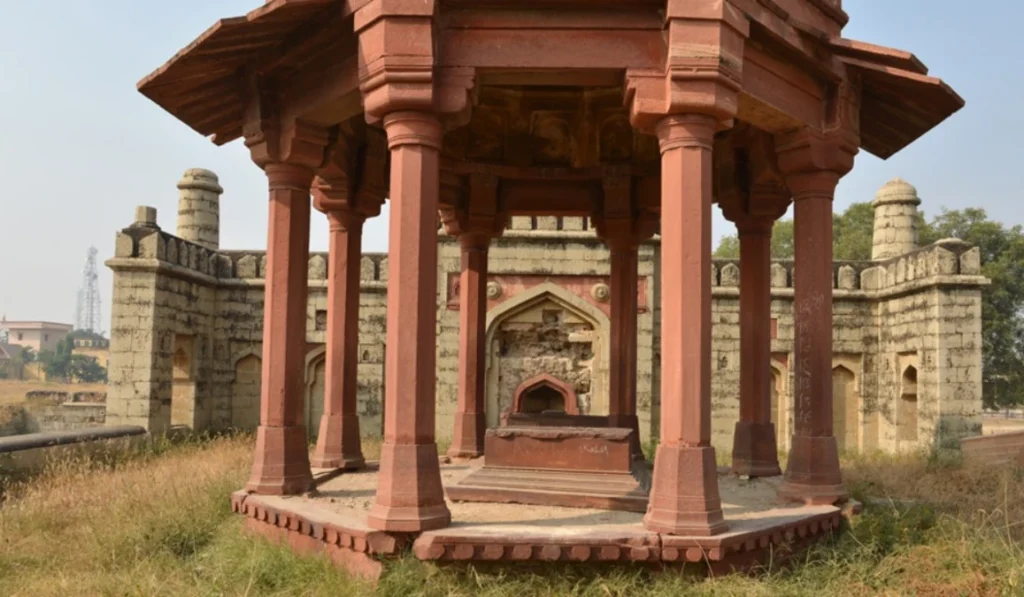“Discover Jhajjar District, a thriving blend of rich culture, history, and growth. Explore its vibrant community, industries, and future potential.”

Jhajjar District: A Glimpse into its Heritage, Culture, and Development
Nestled in the northern state of Haryana, India, Jhajjar District stands as a testament to the harmonious blend of rich cultural heritage and modern development. With a history that dates back centuries, this district has undergone transformations that have shaped it into the thriving entity it is today.
Historically, Jhajjar has been linked to various dynasties, including the Mauryas and the Mughals. Its significance as a trade route connecting Delhi to the rest of the region contributed to its strategic importance. Evidence of this history can still be witnessed in the district’s architecture, including ancient temples, forts, and monuments.
The cultural tapestry of Jhajjar is woven from diverse threads. The district celebrates various festivals and fairs with immense enthusiasm. The annual “Baba Bateshwarnath Fair” attracts pilgrims and tourists alike, fostering a sense of community and devotion. Traditional dances like the “Jhumar” and “Charkula” continue to be performed during special occasions, reflecting the vibrant spirit of the locals.
Over the years, Jhajjar has undergone remarkable development in terms of infrastructure, education, and healthcare. The establishment of educational institutions has empowered the youth and laid the foundation for a brighter future. The healthcare sector has also seen advancements with the creation of better medical facilities, ensuring the well-being of the residents.
Agriculture remains a vital component of Jhajjar’s economy. The fertile land supports the cultivation of crops like wheat, mustard, and sugarcane. However, the district is also witnessing the growth of industries and small businesses. This economic diversification has contributed to job opportunities and an improved standard of living for many.
In recent years, Jhajjar has become an industrial hub, attracting investment and boosting economic growth. The development of industrial estates has paved the way for businesses to establish a presence, fostering employment and contributing to the district’s revenue. This transition, while promising, also calls for a balance between economic growth and environmental sustainability.
Connectivity has been a driving force behind Jhajjar’s progress. The district’s proximity to Delhi, the national capital, has facilitated trade and commerce. Improved roadways and connectivity have further enhanced accessibility, making Jhajjar an attractive destination for business ventures.
As Jhajjar forges ahead, preserving its cultural heritage becomes crucial. Efforts to safeguard historical sites and traditions must go hand in hand with modernization. A cohesive approach that cherishes the past while embracing the future will define the district’s continued growth.
Famous Places in Jhajjar District
Jhajjar District boasts an array of famous places that offer a glimpse into its history and culture. From ancient temples to modern attractions, here are some noteworthy sites to explore:
Bateshwarnath Temple: This historic temple is a prominent pilgrimage site and hosts the annual Bateshwarnath Fair, attracting devotees from across the region.
Bua Ali Shah Qalandar Dargah: A revered Sufi shrine known for its spiritual ambiance and architectural beauty, drawing both devotees and tourists.
Dujana Fort: A historic fort with a rich past, Dujana Fort stands as a testament to the district’s historical significance and architectural heritage.
Girawar Temple: This ancient temple dedicated to Lord Shiva is a fine example of intricate craftsmanship and religious fervor.
Buddhists Stupa in Badli: Remnants of a Buddhist stupa showcase the district’s ancient connections to Buddhism and its role as a historical crossroads.
Sarvodaya Sr. Sec. School: A reputed educational institution that reflects the district’s commitment to modern education and nurturing young minds.
Jahaz Kothi: A unique mansion that resembles a ship, Jahaz Kothi is a blend of Mughal and Rajput architecture, telling tales of a bygone era.
Baba Bhuridas Ji Temple: A revered temple dedicated to a local saint, attracting devotees seeking blessings and solace.
Jhajjar Fort: An ancient fort with historical significance, offering insights into the district’s role in regional trade and governance.
Gurudwara Bapora Sahib: A serene Sikh shrine that echoes the teachings of equality, compassion, and community service.
Baba Thakur Temple: Known for its grandeur and spiritual aura, this temple is dedicated to Baba Thakur and showcases remarkable architecture.
Sethani Ki Chhatri: A beautifully crafted cenotaph, Sethani Ki Chhatri pays homage to a noblewoman and is a visual delight.
These famous places in Jhajjar District provide an enriching experience for history enthusiasts, spiritual seekers, and those interested in exploring the cultural tapestry of the region. Each site has a story to tell and contributes to the district’s charm and allure.
Read More :-